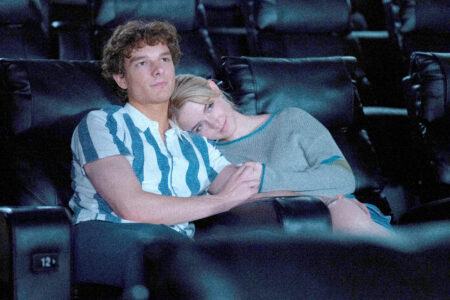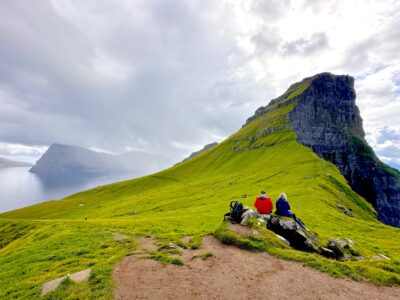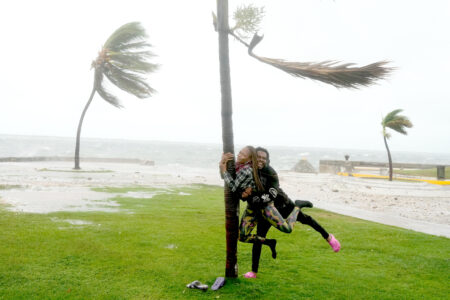To help the Earth, people are getting buried like it’s 1860
WINDSOR MILL, Md. (AP) — Mia Zinn was a member of her middle school ecology club, had planted a reflection garden and had implored public officials to preserve a local woods, and when she became terminally ill, she wanted to become a tree. So, the day after she died, her father, Chris Zinn, visited Serenity Ridge Natural Burial Cemetery and Arboretum in Baltimore County, a 45-minute drive from the family’s home in Abingdon, Md. He was drawn to a wooded area that opened up to a wedge of western sky.
“That was the perfect spot,” he said. “It reminded me a lot of an area that we hiked many, many times near here.”
Mia died at 17 of Ewing’s sarcoma, a rare bone cancer, and became the third person interred at Serenity Ridge. The site is one of a growing number of cemeteries in the United States offering natural, or green, burials in response to demand from the environmentally conscious.
Such burials eschew the embalming, expensive caskets and concrete vaults or metal grave liners standard in U.S. cemeteries, replacing them with simple materials that decompose along with the body. Mia was laid to rest in a bamboo casket with a cotton sheath, a burial her parents said was simple and elegant and surprised some of the attendees.
“A lot of people said, ‘Oh my gosh, I didn’t know this was even a thing,'” said her mother, Aubrey Zinn.
Simpler, greener burials were the American standard until the Civil War, when many soldiers were embalmed so their bodies could be returned home. President Abraham Lincoln’s embalming then made the procedure fashionable, and over the next century, embalming, luxurious caskets and vault liners became standard.
Today, 57 percent of people in the United States choose cremation, followed by 37 percent who opt for a traditional burial, according to the National Funeral Directors Association (NFDA). But these have environmental drawbacks.
Cremation, which involves running a furnace at nearly 2,000 degrees for up to two hours, produces emissions comparable to driving a car 500 miles, according to the Green Burial Council, a nonprofit organization that advocates for environmentally sustainable death care. Traditional burials, meanwhile, plow 1.6 million tons of concrete into the ground each year, along with 4.3 million gallons of embalming fluid and 64,500 tons of steel, the council said. A traditional burial emits 250 pounds of carbon, while a green burial sequesters 25 pounds.
The environmental impact was one reason Jane Pennington decided against cremation for her 96-year-old husband, Ken Pennington, a voice teacher and World War II veteran who died recently.
“Crematoria are usually located in the most disadvantaged places where people live,” she said.




